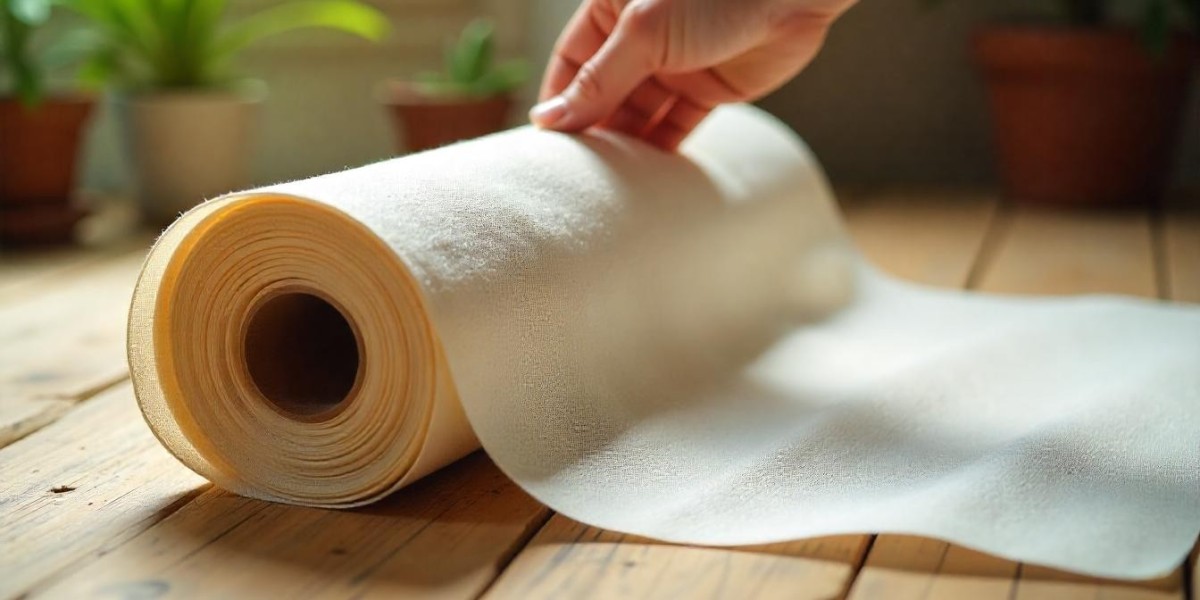Despite the influx of advanced, high-tech bathroom solutions in the market, traditional water closets (WCs) continue to maintain their significance in modern homes. This analysis delves into the reasons why these conventional fixtures remain relevant, touching on factors such as functionality, cost-effectiveness, ease of maintenance, and cultural preferences. Additionally, we will discuss how modern adaptations of traditional water closets strike a balance between classic appeal and contemporary needs.
1. Functionality and Simplicity
One of the primary reasons traditional water closets have endured in modern homes is their straightforward functionality. Water closets, in their most basic form, comprise a seat and a flush system that removes waste into a sewage system. This simplicity has been their key strength for decades.
Unlike some modern toilet options, which feature an array of advanced technology such as heated seats, automated flushing systems, and built-in bidets, traditional WCs offer users a hassle-free experience. For many homeowners, the inclusion of too much technology in everyday functions can be seen as an unnecessary complication.
Moreover, traditional water closets are highly reliable. Their simple mechanical design minimizes the chance of malfunction compared to electronic toilets that require more specialized knowledge to repair. For individuals who value consistency, durability, and ease of use, traditional water closets remain the go-to choice.
2. Cost-Effectiveness
Cost is often a significant determining factor when choosing home appliances, and traditional water closets hold an edge in this area. Compared to modern high-end toilets that come with advanced features, traditional water closets are relatively inexpensive to purchase and install. For budget-conscious homeowners or those furnishing rental properties, this affordability is a key consideration.
Additionally, maintenance costs for traditional water closets are typically lower. Spare parts are readily available, and the plumbing requirements are standard, meaning that most professional plumbers can perform repairs at a lower cost. In contrast, newer, tech-driven options often require specialized technicians and more expensive parts.
The cost-effectiveness of traditional water closets makes them accessible to a wider audience, ensuring that they remain a viable option in homes where budget constraints are a concern. Even in luxury homes where other modern conveniences are embraced, traditional water closets might be used in secondary bathrooms or guest rooms where functionality and cost matter more than cutting-edge features.
3. Ease of Maintenance and Durability
Traditional water closets are known for their durability and ease of maintenance. Unlike modern toilets that incorporate electronic components and sensors, these WCs rely on simple mechanisms like gravity-fed flushing systems. This mechanical simplicity translates into fewer points of failure and easier, more straightforward repairs when needed.
Replacement parts for traditional water closets are universally available, and most plumbers are familiar with their workings, reducing the risk of expensive or hard-to-source repairs. The durability of traditional porcelain or ceramic water closets is another significant advantage, as they are designed to withstand years of use without significant wear and tear.
In contrast, modern smart toilets, while offering numerous conveniences, often require specialized maintenance due to their electronic components. This can lead to higher repair costs and potentially longer downtimes in case of malfunctions, which can be frustrating for homeowners. The low-maintenance nature of traditional water closets makes them especially appealing for households seeking longevity and cost-efficiency.
4. Aesthetic Appeal and Timeless Design
Another reason why traditional water closets continue to hold their place in modern homes is their timeless design. While sleek and minimalist designs dominate contemporary architecture, many homeowners still appreciate the classic aesthetic that traditional water closets offer. These fixtures can seamlessly blend into homes with vintage or classical interiors, offering a sense of continuity and balance.
Moreover, traditional water closets are available in a wide range of styles and finishes, which allows them to complement various bathroom designs. Whether the homeowner prefers a more rustic, farmhouse-style bathroom or a vintage-inspired space, traditional water closets fit in naturally, adding character without overwhelming the room.
The simple and understated design of these WCs also makes them adaptable to future bathroom renovations. Unlike highly modernized toilets that may quickly look outdated as trends change, traditional designs tend to have enduring appeal, allowing homeowners to maintain a classic look that doesn’t require frequent updates.
5. Water Efficiency and Environmental Considerations
Although traditional water closets are often perceived as less environmentally friendly than newer models, modern adaptations have significantly improved their water efficiency. Dual-flush systems, which allow users to choose between a lower or higher volume of water per flush, have become standard in many traditional-style water closets. This helps reduce water usage without compromising the overall functionality.
Additionally, many manufacturers have developed water closets that comply with strict environmental regulations, such as the U.S. EPA’s WaterSense program, ensuring that even traditional designs can be water-efficient. These upgrades make traditional water closets a viable option for eco-conscious homeowners who want to minimize water wastage while still opting for a familiar design.
For homeowners who prioritize environmental sustainability, choosing a traditional water closet with water-saving features provides a balanced approach—offering the reliability and comfort of a classic design while promoting responsible water use.
6. Cultural Preferences and Familiarity
In many cultures, traditional water closets represent a familiar and widely accepted bathroom standard. For homeowners around the world, the idea of upgrading to technologically advanced, smart toilets may not only seem unnecessary but also culturally disconnected from their established norms of bathroom design and functionality.
For example, in many Western countries, the water closet has remained largely unchanged in form and function for over a century. Homeowners may feel attached to this cultural continuity, valuing the traditional bathroom experience over a more technologically driven one. Similarly, for multi-generational households, older family members may prefer the simplicity and familiarity of traditional WCs over newer, more complex alternatives.
Familiarity also plays a role in rental properties or homes being resold. Potential renters or buyers are often more comfortable with the traditional water closet setup, as it requires no learning curve or adaptation. This makes traditional WCs a safer choice in homes intended for the broader public.
7. Modern Enhancements to Traditional Water Closets
While traditional water closets have a classic design, water closet manufacturers have incorporated several modern innovations to improve their functionality and comfort. Today’s traditional-style WCs can include features like soft-close lids, improved flush efficiency, and enhanced materials that resist staining and odors. These subtle enhancements retain the simplicity of the traditional water closet while making them more convenient for the user.
Additionally, modern plumbing innovations have allowed these water closets to reduce the noise generated by flushing, offering a quieter experience—an improvement that enhances comfort without veering into high-tech territory. Homeowners can therefore enjoy the best of both worlds: the familiar look and feel of traditional water closets with the performance improvements made possible by modern engineering.
These upgrades show that traditional water closets are far from stagnant in their design and continue to evolve in line with modern household needs, offering an option that blends reliability, comfort, and subtle technological advancement.
Conclusion
Traditional water closets have stood the test of time, continuing to remain relevant in modern homes. Their straightforward functionality, affordability, ease of maintenance, and timeless aesthetic appeal make them a viable option for a wide range of homeowners. While high-tech toilets offer cutting-edge features, the durability, familiarity, and simplicity of traditional WCs cannot be overlooked. With modern enhancements improving their water efficiency and functionality, traditional water closets are likely to retain their place in homes for years to come, providing a balance of reliability and comfort.



